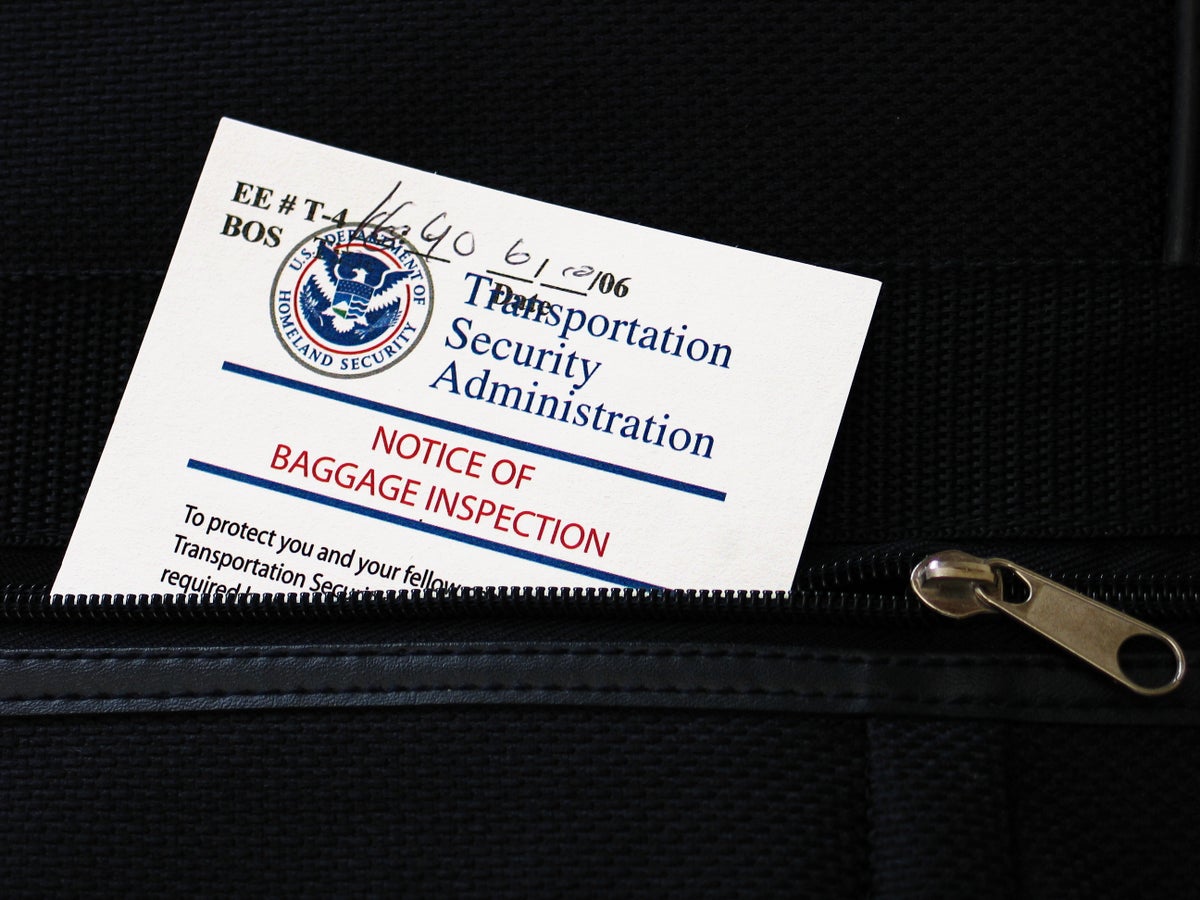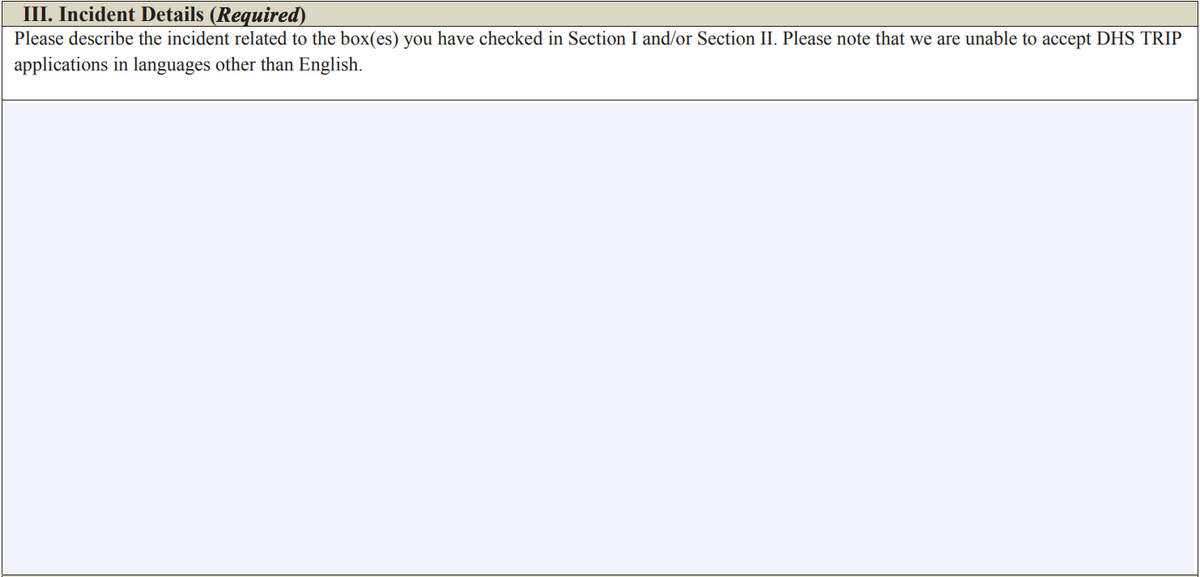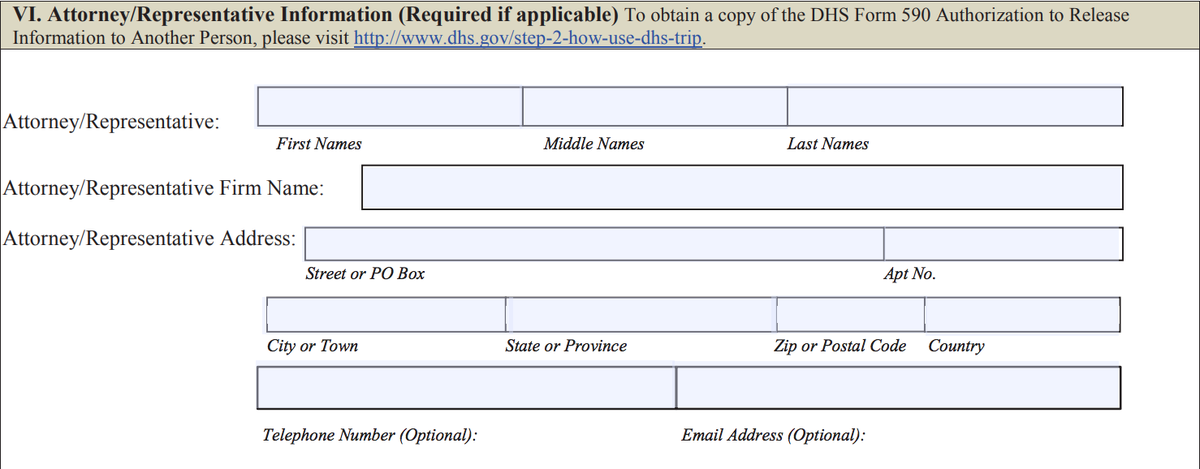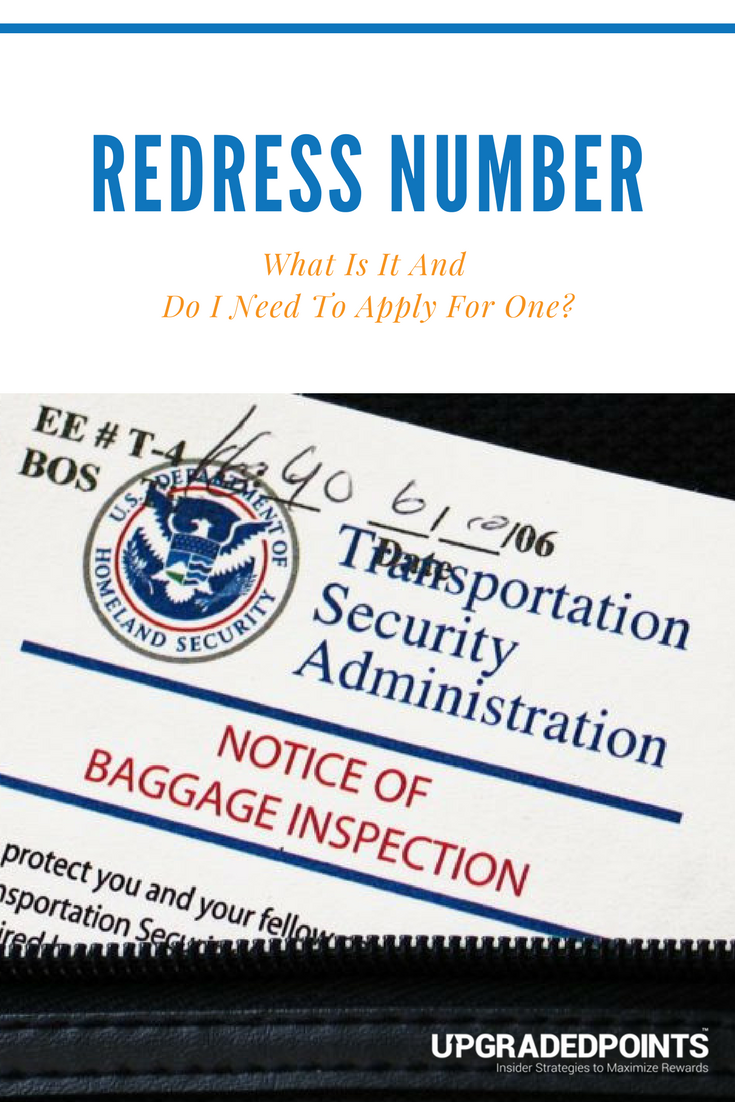Spencer Howard
Spencer Howard
Former Content Contributor
50 Published Articles
Countries Visited: 21U.S. States Visited:
Always a fan of flying, Spencer wanted to find ways to upgrade his travel experience. Over the years, Spencer has been a guest speaker on multiple YouTube shows as well as podcasts on maximizing point...
Edited by: Keri Stooksbury
Keri Stooksbury
Editor-in-Chief
107 Published Articles 3819 Edited Articles
Countries Visited: 54U.S. States Visited: 28
Editing with Upgraded Points for over 6 years, as editor-in-chief, Keri manages the editorial calendar and oversees the efforts of the editing team and over 20 content contributors, reviewing thousand...












![The Global Entry Program – 21 Frequently Asked Questions [2025]](https://upgradedpoints.com/wp-content/uploads/2019/02/Global-Entry-card-and-passport.jpg?auto=webp&disable=upscale&width=1200)


![Wyndham Rewards Loyalty Program Review [2025]](https://upgradedpoints.com/wp-content/uploads/2017/10/Wyndham-Grand-Phuket-Kalim-Bay.jpeg?auto=webp&disable=upscale&width=1200)